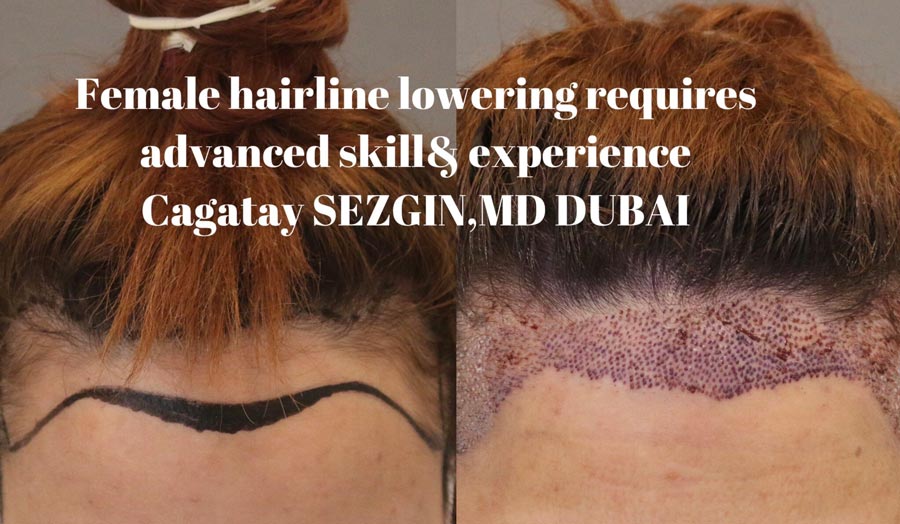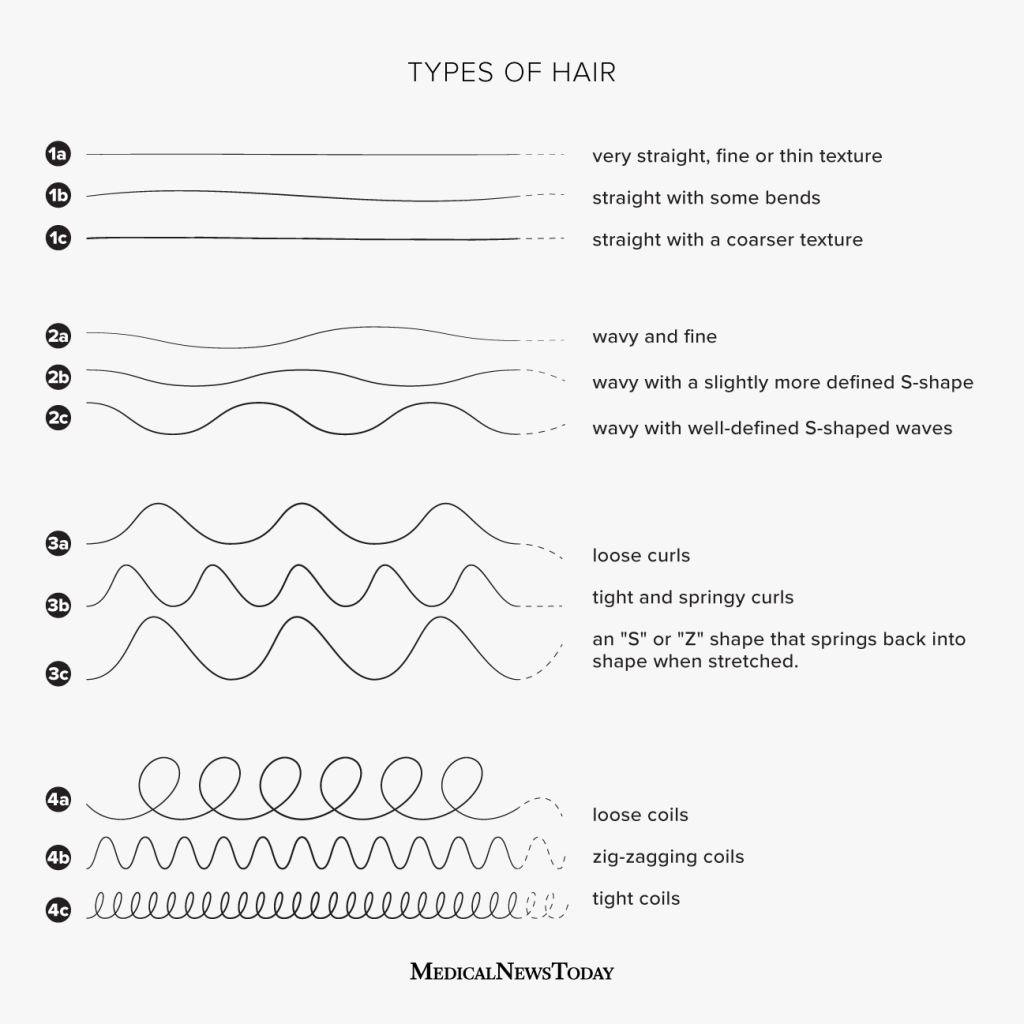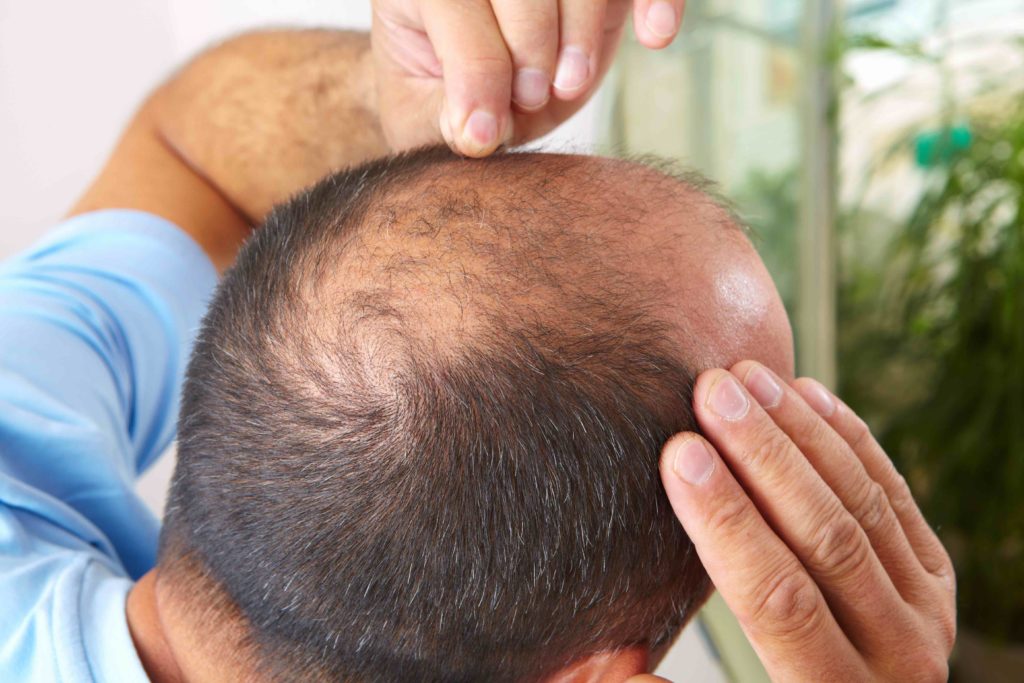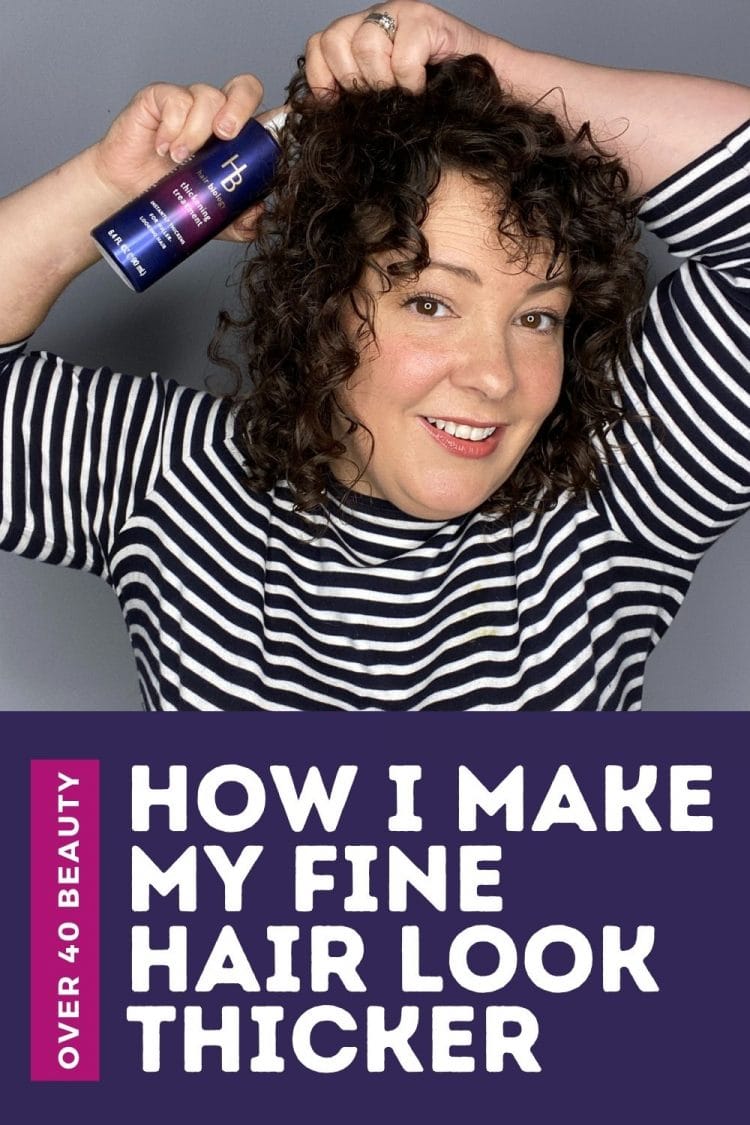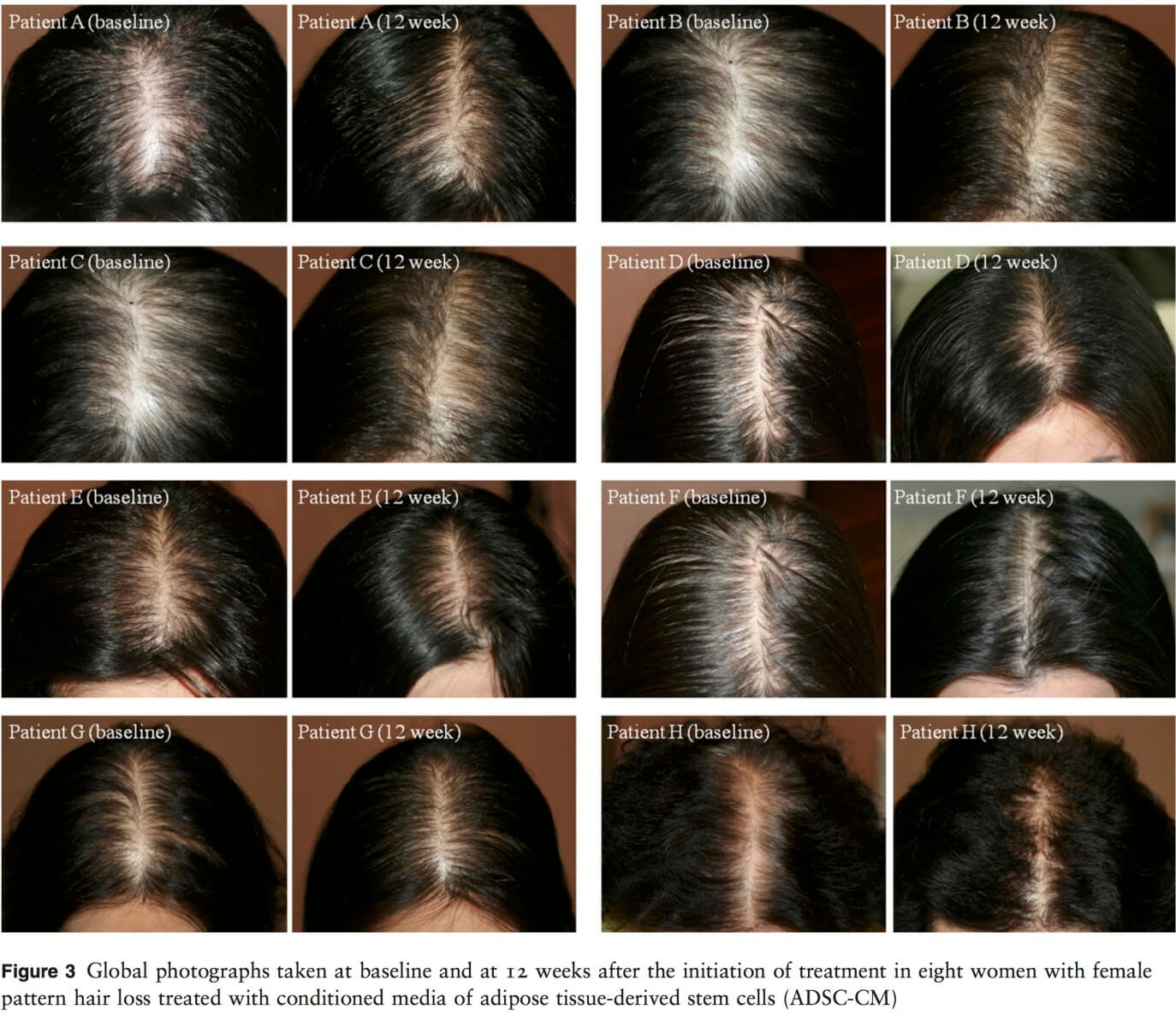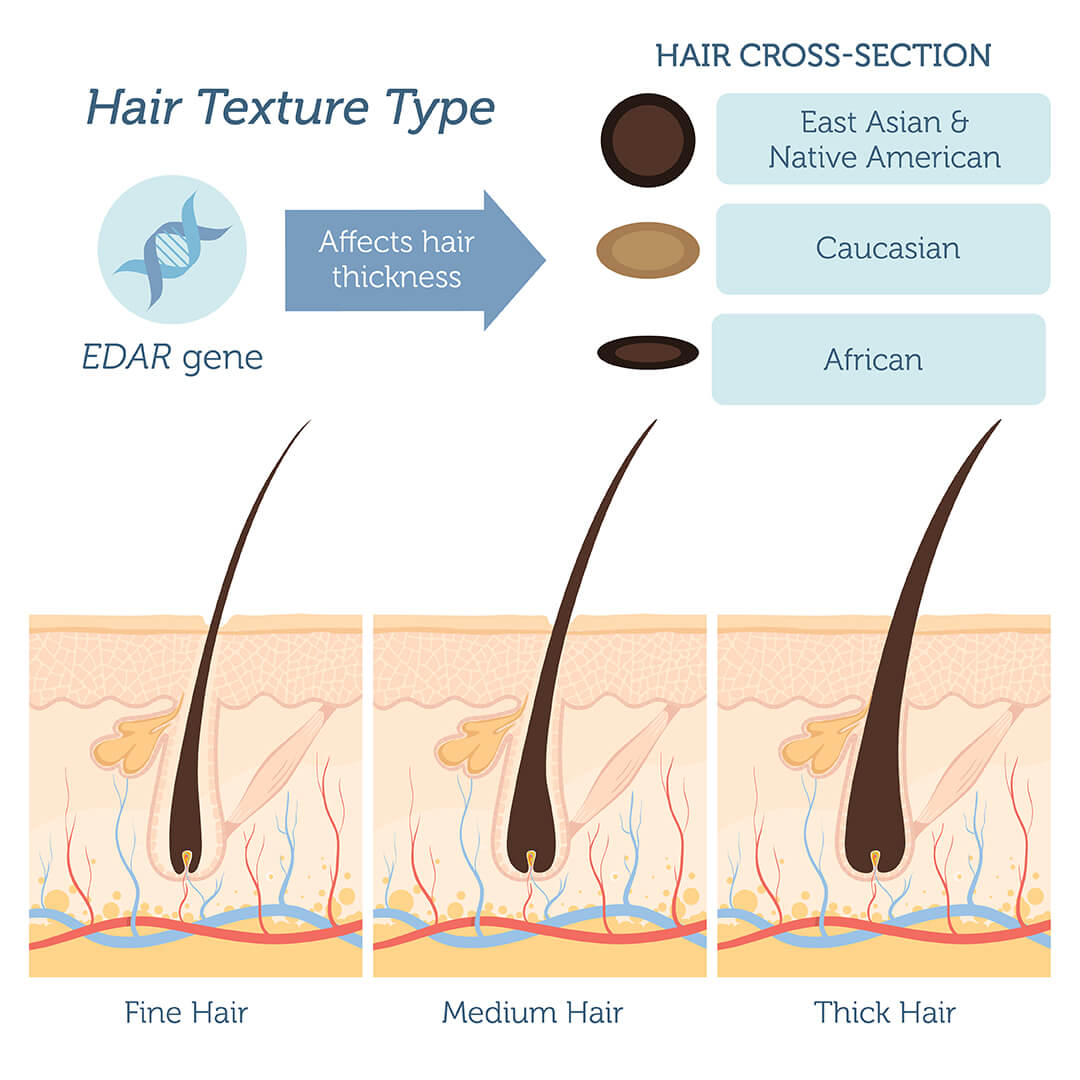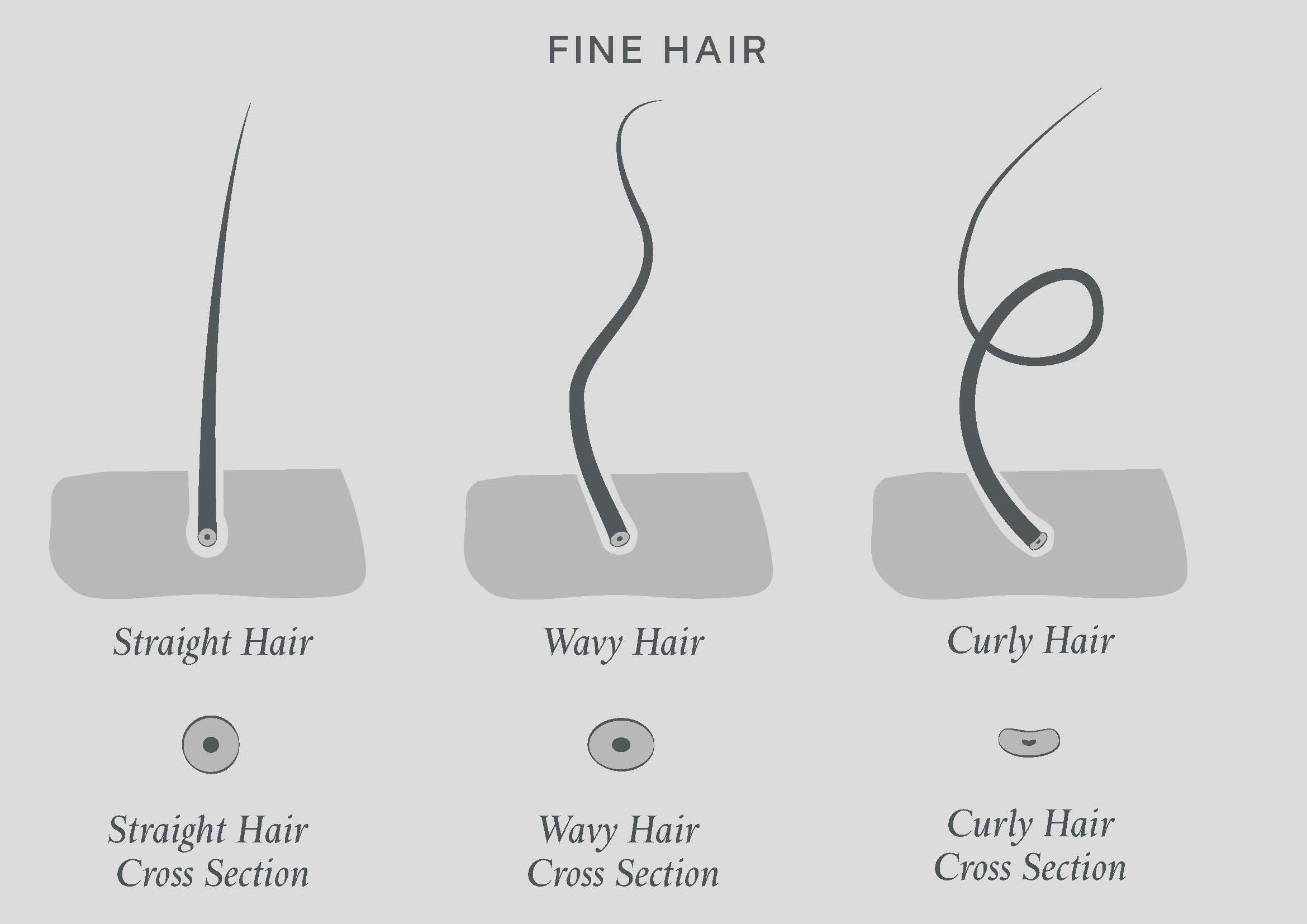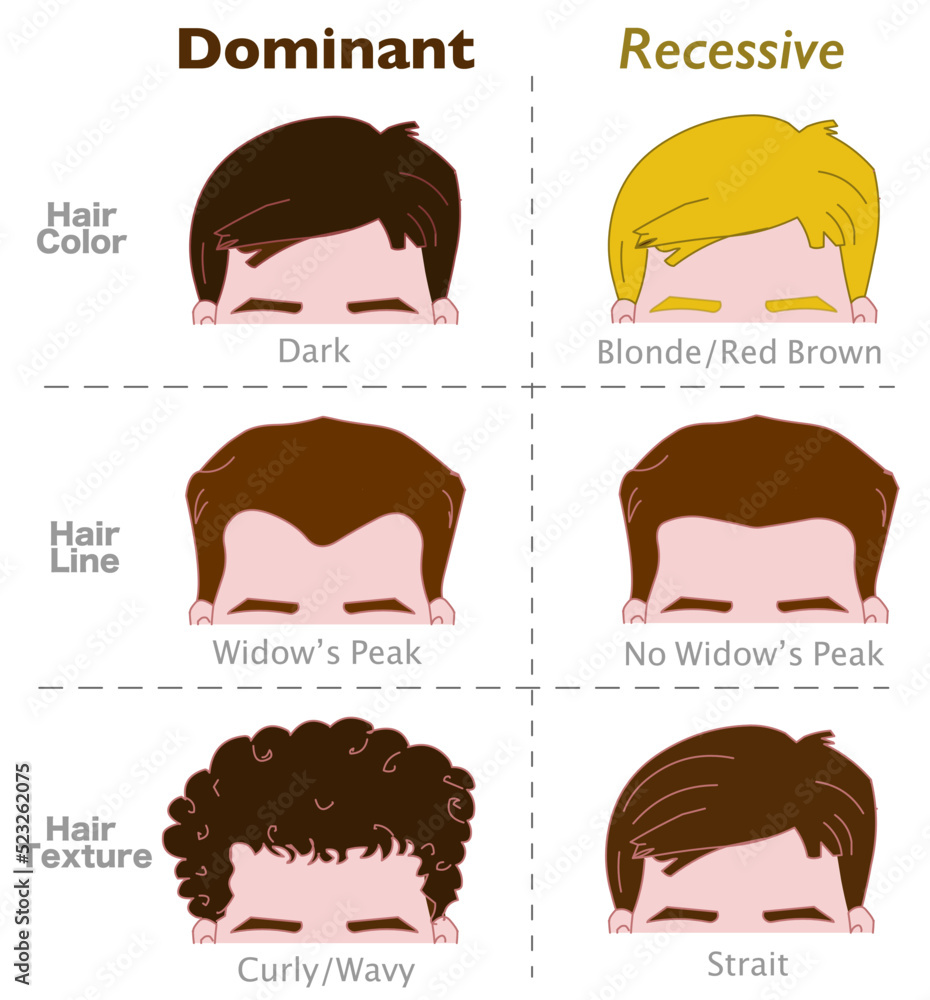Exemplary Tips About Is Fine Hair Genetic Long Hairstyles For Prom Guys

Microcephaly, developmental delay, and brittle hair syndrome (mdbh) is a multisystem disorder with clinical variability.
Is fine hair genetic. Thin hair can be the result of genetics, a health condition, reaction to certain medications, and more. The type of hair loss commonly called hypotrichosis is characterized by normal to sparse hair at birth, gradual hair loss during childhood, and sparse hair in adulthood. The edar is a gene on chromosome 2 that plays a key role in the development of hair and skin before you're born.
The genetic makeup of all follicles is the same, so what is it that makes one hair shed while the other grows? Your hair has one or more of three basic thicknesses: Now researchers have come closer to figuring out just how hair traits are passed down.
Straight hair is considered “recessive.” to put that in simple terms, that means that if one parent gives you a curly. Here's how to tell the difference between fine hair vs. Recent studies have demonstrated that around one in five young men tend to lose their hair prematurely over time.
Is it possible to thicken genetically thin hair? Learn how a specific sex hormone (more common in men) can play a major role in female excessive hairiness. Genetics and family history are significant determinants.
Thin hair and fine hair are not the same thing. What is the baldness gene? Fine hair is thinner than.
For example, two sets of genes are responsible for straight hair in asian and european populations. A person's hair may naturally thin as they age due to hormone fluctuations, a decrease in hair follicle activity, and a decrease in hair thickness. According to a talk presented here last week at the annual meeting of the.
Clinical resource with information about fine hair and its clinical features, available genetic tests from us and labs around the world and links to practice guidelines and. In this review we summarize the main genetic hair disorders and discuss the clinical features, known associated genetic abnormalities, and current treatment. In short, hair loss absolutely can be genetic.
Though our genetics and hormones play major roles in hair loss, the exact mechanisms aren’t fully understood, which is why treatments to stem and reverse it. The edar gene carries instructions for making a protein that affects. Fortunately, medical treatment and hair care habits can help.
Researchers have pinpointed a variant in this gene that's linked to thicker hair strands. Genetic factors in hair are influenced by multiple genes and alleles, working together to create diverse hair textures, such as straight, wavy, or curly hair. Genetic hair loss can't be reversed, but there are steps you can take to slow it down and maximize your hair growth potential.
But the way it all works is quite a bit more complex. Genetic hair disorders, also known as genotrichoses, comprise a group of inherited diseases that result in abnormal hair growth and differentiation. You can apply the thread test to determine your hair thickness:

